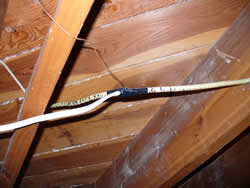
Mistake 6:
Burying electrical boxes in walls is a recipe for problems. All electrical boxes must be reasonably accessible. Overtime electrical connections can become loose and trying to find a problem in an electrical circuit when an electrical box is buried in a wall is next to impossible.
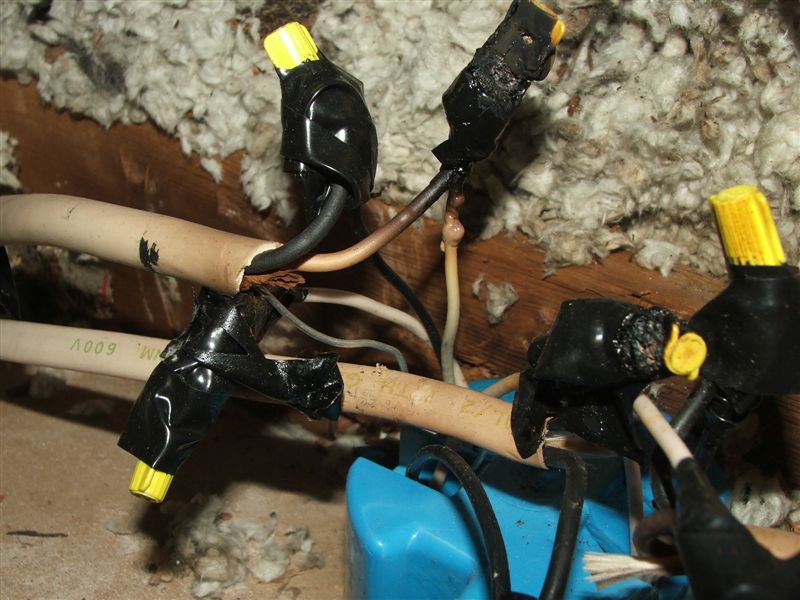
Mistake 7:
Joining aluminum and copper wires together using standard wire nuts. Standard wire nuts are not designed to connect aluminum and copper wires together, even in an electrical box. Standard wire nuts are also not designed to join to aluminum wires together. It is important that you use the proper wire nuts to join aluminum wire.
Additional information on working with aluminum electrical wire
Mistake 8:
Electrical devices such as switches, outlets and receptacles are designed to have one wire and one wire only placed under the screw head. In many cases the home handyman will place more than one wire under the screw head. If you require to join multiple wires in an electrical device you should use a wire nut with a pigtail going to the screw of the device, as shown in Figures 4a and 4b.
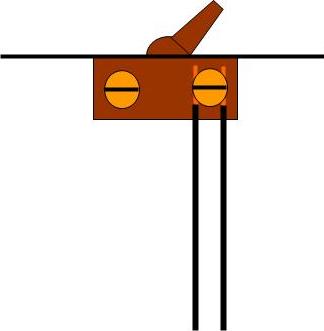
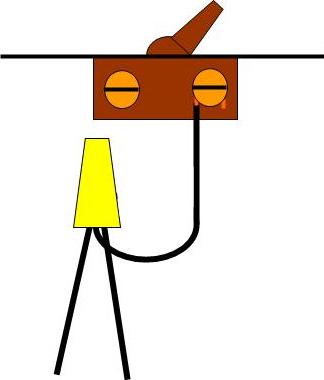
Additional information on terminating electrical wires.
Mistake 9:
Placing covers on electrical boxes that are used as junction boxes in attics and basements is a necessary safety requirement. As previously stated in Mistake 5, an electrical box prevents the spread of a fire. Without a cover, the electrical box cannot perform its primary task.
Mistake 10:
When running an electrical cable through a wood or metal stud wall the wire should be, at a minimum, 1 1/4 inches from the outside face of the framing member. Drywall screws and nails can easily penetrate an electrical cable and cause a short circuit. By placing the cable at least 1 1/4 inches from the outside face of the framing you will place the electrical cable out of reach of the majority of drywall screws and nails.
In areas where you cannot run the electrical cable at least 1 1/4 inches from the outside face of the framing, all electrical cables should be protected by a metal nail guard, as shown in Figure 5 & 6 (also termed a stud guard)
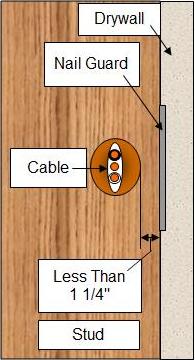

Note: These type of nail guards can also be used to protect copper and PVC water pipes and drain lines that run through wall studs and plates from being penetrated by nails and screws.
